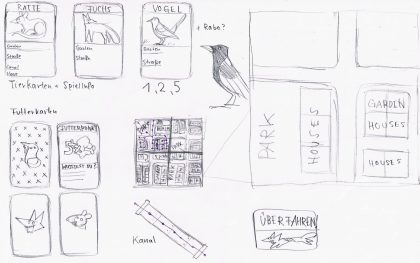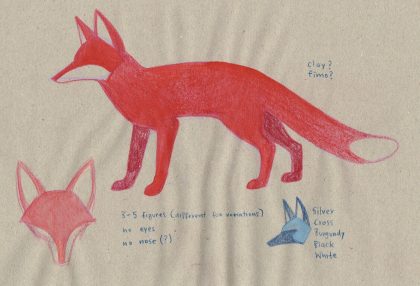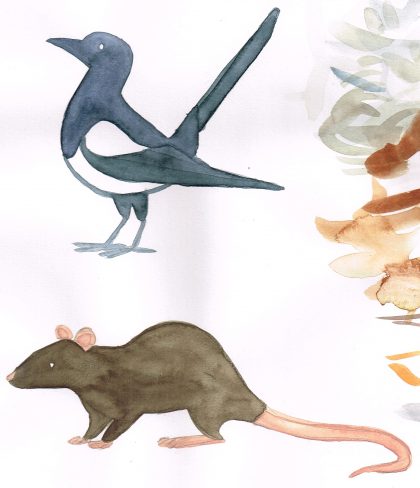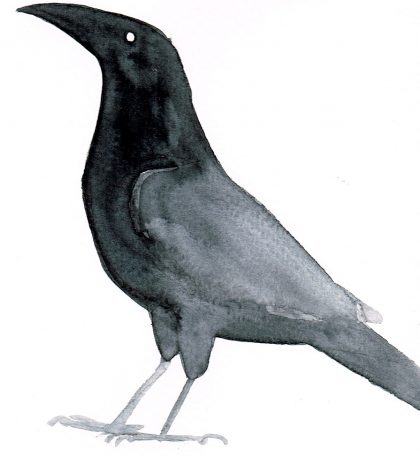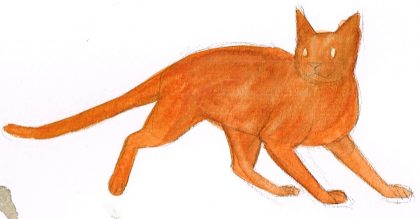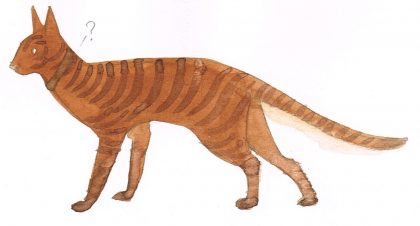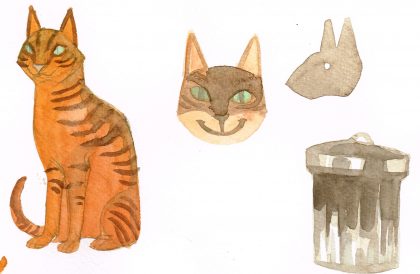Since human habitat is spreading, animals are forced to enter the city, to gather food among humans, and eventually settle. Many people don’t know what to do when they encounter city animals and some may even harm an animal that is simply looking for food. On a greater scale, humans treat foxes and rats, specifically, as pests and consequently try to exterminate them. This is a waste of life and resources, because it is not only possible to live with wild neighbors peacefully, but in some ways it is even desirable and beneficial in an era of continuous disassociation from the environment. The city is the prime human habitat these days these days (In 2012 about 75% of the German population lived in urban areas – for comparison, in 1912 about 75% of the population still lived in predominantly rural areas). Most humans now have little to no contact with nature. Environmental topics are therefor an abstract and literally distant matter to most. This is specifically concerning if you consider that the current economical system which humanity predominantly employs is at least exploitative towards nature, and in most cases even causes lasting damage to the environment. Yet this biosphere is the very precondition of human life itself. This is self-harming behavior on a species level that will lead to humanity’s doom.
It is therefor of great importance to overcome this distance between human and nature, to teach children at an early age that animals as well are a part of this world, and that accepting them is in their own interest.
Board Game
My idea is to create a fun board game to let kids experience what difficulties and what advantages arise when living in a city as an animal, thus better relating to animals and gaining compassion for them. In conclusion, the board game intends to give children indirect advice on how to react to wild animals in the city.
Here are some ideas around the game play:
To make the experience more diverse, I decided to give the option to pick between three types of animals: Raven or Magpie, Fox and Rat (Each animal will be available twice in the game and probably made out of Fimo [or Clay]). Each player receives a card according to their chosen animal character with the animal’s abilities and specific roles in short and illustrated stats oriented summary.
I thought being able to reassemble the board every game could make it more interesting to play in the long run, so the game is divided in different settings that can have advantages for a species:
- Street; risky to walk on, chance to die is high, in which case one would have to restart at the starting point of the game again.
- Garden; can be risky if humans are around, one may get hurt.
- Alley; food in bins.
- Park; food in bins.
- Sewers; ideal for a rat to escape in, few entrances, scarcity on food.
All of these settings, that will be seen from the bird’s-eye view, have crossing points on them and will be connected through routes between those points. The players can be faced by an unplayable character, the cat, in the game and will, depending on the species they choose, either die (Bird, Rat) or miss a turn (Fox). The game will be played with two six-sided dice.
In the end, each animal has to reach their den or nest. But before they can go home, they will have to gather enough food (25 or 50 Points), those food points, will be handed out in cards, which also contain an interesting fact about the animal.
Here a few features of the playable species that have been decided on:
Fox: Can’t be killed by Cat
Birds: Can fly over streets
Rats: Can use sewers to avoid dangers
Unplayable Character: Cat
The desired target group is children in the age between 6 and 12, 14 at most, as well as their parents.
The target group is in a stage of life characterized by approachable curiosity. If motivated, the target group is capable of quick learning. Their prime interests could, for the purpose of this concept, be summarized like this:
- Happiness, joy, excitement
- Positive Reinforcement
- Affirmation
- (Social) Interaction, development of social skills
- “New things”, everything curious (translating into high replayability being desirable, which is achievable by splitting the game paths among different types of playable characters with considerable differences
The secondary target group is the parents of the children, specifically those engaged in the development of their children. The aim and benefits of the game should be easily accessible to them.
Their prime interests for the purpose of this concept would be:
- Education (for their children)
- Accessibility
- “Charm”, lively design
- High gaming fun
- Interactivity
So what is it that a child wants from a game such as the one lined out here?
The game shouldn’t teach in a way that would remind the child of the way new subjects are addressed in school. Because of this, to learn the facts should remain optional in a sense that knowing them does not significantly impact the gameplay for better or worse. To achieve this, the information should be provided action-oriented, which means to be provided when the player has caused an action on the board, such as finding food for his animal.
The game should also be of a friendly and social nature, so it should avoid direct confrontation. The players should compete with each other so that the game remains challenging and excited, but not in a manner that would put them together. I.e., all players attempt to find food for their animal, but as a rule other players animals do not serve as food.
In conclusion:
What is the easiest way to teach a child? Through a fun and colorful game.
To increase ability to empathize of the player, in general as well as specifically towards animals (an introduction to the life of street animals for kids).
To improve the understanding of natural processes (nature on a small scale) and of their own living environment in a playful manner, always associating information with action by the player, thereby increasing its learnability.
Positively influence the children in the before mentioned sense.
To avoid at least reduce incidents involving wild animals or reduce their severity.
Improving social skills of the children by increasing empathy and social interaction between the players through the game.
Education of children and their parents on the life of animals in urban areas.
Combining entertainment / fun with education and purposeful learning.

